In the world of construction and infrastructure development, heavy machinery plays a vital role in shaping our urban landscape. One such powerful tool is the excavator compactor, a versatile device designed to compact soil and other materials with precision and force. To ensure both efficiency and safety on the construction site, it’s crucial to understand the optimal working conditions for this essential equipment.
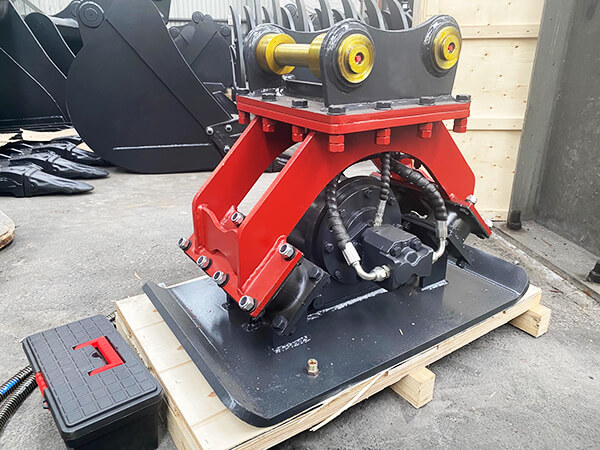
The Role of Excavator Compactor
Excavator compactor are hydraulic-powered attachments that mount onto excavators, enabling them to efficiently compact soil, gravel, and other granular materials. Their role is to increase soil density, reduce air pockets, and enhance stability for a solid foundation. Whether it’s road construction, trench backfilling, or pipeline installation, these compactors offer a powerful solution for achieving optimal compaction levels.
Factors Influencing Working Conditions
Several factors determine the ideal working conditions for excavator compactor:
- Material Type and Moisture Content: The type and moisture content of the material being compacted significantly impact the compaction process. Well-graded granular materials with controlled moisture levels are generally more conducive to effective compaction.
- Soil Density Requirements: Different construction projects require varying degrees of soil compaction. It’s crucial to have a clear understanding of the required compaction standards and adjust the equipment’s settings accordingly.
- Excavator Size and Stability: The excavator’s size and stability play a critical role in ensuring smooth and safe compaction operations. A larger excavator can handle heavier plate compactors and provide more stability during the compaction process.
- Working Area Accessibility: The compactness of the working area also determines the suitability of using an excavator hydraulic plate compactor. Tight spaces may limit the excavator’s maneuverability and hinder effective compaction.
- Vibration Frequency and Force: Excavator plate compactors generate vibrations that aid in material compaction. Adjusting the vibration frequency and force according to the material’s characteristics can optimize the compaction process.
Optimizing Working Conditions
To achieve the best results with an excavator compactor, construction professionals should follow these guidelines:
- Material Testing: Conduct thorough material testing to determine its properties, including moisture content, particle size distribution, and compaction characteristics. This information will guide the compaction process.
- Proper Equipment Selection: Choose an excavator and hydraulic plate compactor combination that suits the specific project requirements, considering factors such as material type, compaction standards, and working area conditions.
- Moisture Management: Maintain optimal moisture levels in the material being compacted. Proper moisture control ensures that the material reaches the desired density without excessive compaction effort.
- Appropriate Vibration Settings: Adjust the vibration frequency and force of the hydraulic plate compactor based on the material’s characteristics. Higher vibration frequencies are suitable for granular materials, while lower frequencies are better for cohesive soils.
- Regular Maintenance: Keep the hydraulic plate compactor and excavator in good working condition through regular maintenance and inspections. Well-maintained equipment operates efficiently and reduces the risk of breakdowns.
Conclusion
Excavator compactor are indispensable tools in modern construction, offering a powerful means to achieve optimal soil compaction for various projects. By considering factors such as material properties, moisture content, and proper equipment selection, construction professionals can ensure safe, efficient, and precise compaction operations. By adhering to these guidelines, we can pave the way to stronger, more stable foundations and contribute to the creation of lasting infrastructure that stands the test of time.
Challenges and Innovations in Excavator Hydraulic Plate Compaction
While excavator hydraulic plate compactors have revolutionized the field of soil compaction, there are still challenges to address and exciting innovations on the horizon.
Challenges:
- Environmental Impact: Heavy machinery, including excavators and plate compactors, can have a significant environmental footprint due to emissions and noise pollution. As construction practices evolve, there’s a growing emphasis on adopting greener technologies and reducing the environmental impact of construction activities.
- Operator Safety: Operating heavy equipment comes with inherent risks. Ensuring operator safety during compaction operations is of paramount importance. Implementing comprehensive training programs and safety protocols can mitigate these risks.
- Precision and Consistency: Achieving uniform compaction across the entire work area can be challenging. Variations in material properties, operator techniques, and equipment settings can lead to uneven compaction. Innovative solutions are needed to enhance precision and consistency.
Innovations:
- Smart Compaction Technology: Advances in technology are enabling the integration of sensors and GPS systems into excavators and plate compactors. These technologies provide real-time feedback on compaction levels, allowing operators to make adjustments on the fly and ensure uniform compaction.
- Emission Reduction: Manufacturers are focusing on developing more fuel-efficient and low-emission engines for construction equipment. Electric and hybrid excavators are also being explored to reduce emissions and noise pollution on construction sites.
- Automated Compaction: Research is being conducted on automated or semi-automated compaction processes. This could involve the use of autonomous excavators and compactors that follow pre-programmed compaction patterns, reducing the need for direct operator control.
- Material Science: Advances in material science are leading to the development of new, lighter, and more durable plate compactor designs. These innovations can improve efficiency and reduce wear and tear on equipment.
The Future of Excavator Hydraulic Plate Compaction
As the construction industry continues to evolve, the role of excavator compactor will also undergo transformation. Here’s a glimpse of what the future might hold:
- Integration with Construction Management Systems: Excavator hydraulic plate compactors could become seamlessly integrated with construction management systems, allowing for real-time data tracking, analysis, and optimization of compaction processes.
- Augmented Reality (AR) Assistance: AR technology could provide operators with visual overlays, indicating optimal compaction zones and techniques. This would enhance operator guidance and improve the accuracy of compaction operations.
- Remote Operation: Remote-controlled excavators and plate compactors might become more common, enabling operators to control the equipment from a safe distance. This could enhance safety in hazardous or challenging environments.
- Sustainable Practices: The construction industry’s growing focus on sustainability will likely drive the adoption of eco-friendly materials and practices. Excavator hydraulic plate compactors could play a crucial role in achieving more sustainable construction processes.
Conclusion
The excavator hydraulic plate compactor has proven its worth as a powerful tool for achieving efficient and effective soil compaction in construction projects. By understanding and optimizing working conditions, construction professionals can harness the full potential of this equipment to create strong and stable foundations for the structures that shape our world.
As technology continues to advance and the construction industry embraces innovation, we can look forward to a future where excavator hydraulic plate compactors become even smarter, greener, and safer. These advancements will not only enhance construction practices but also contribute to a more sustainable and resilient built environment for generations to come.

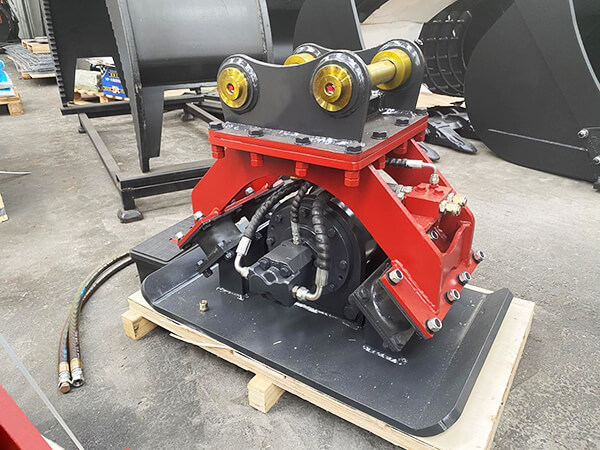
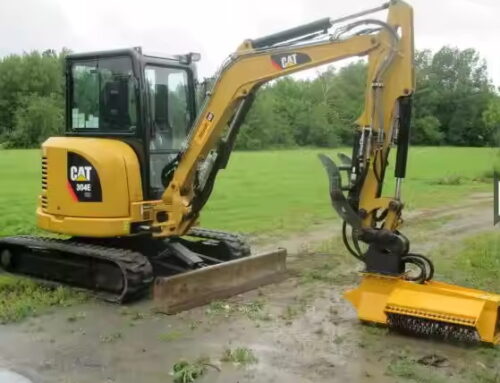
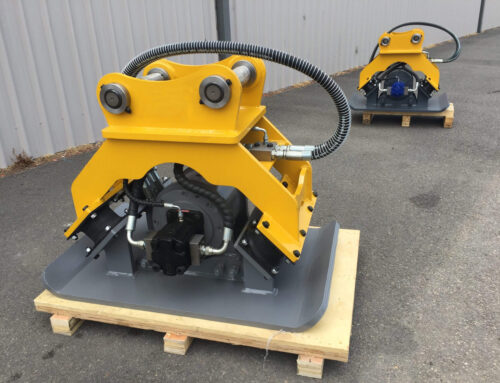
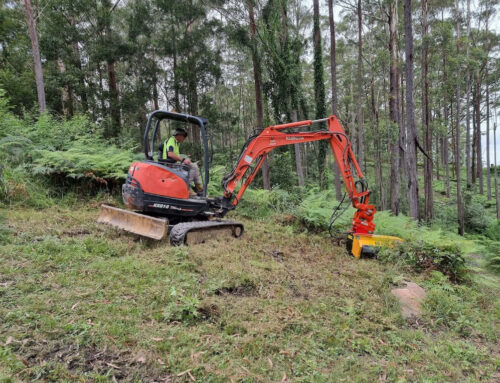
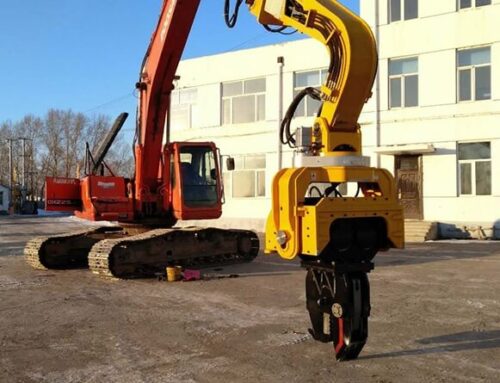
Leave A Comment